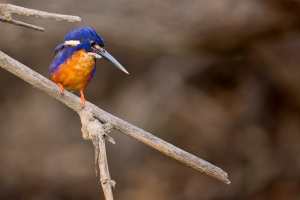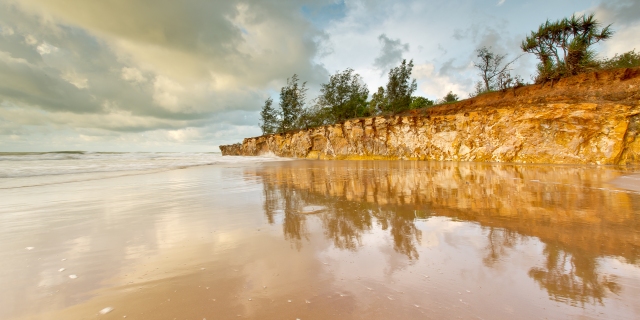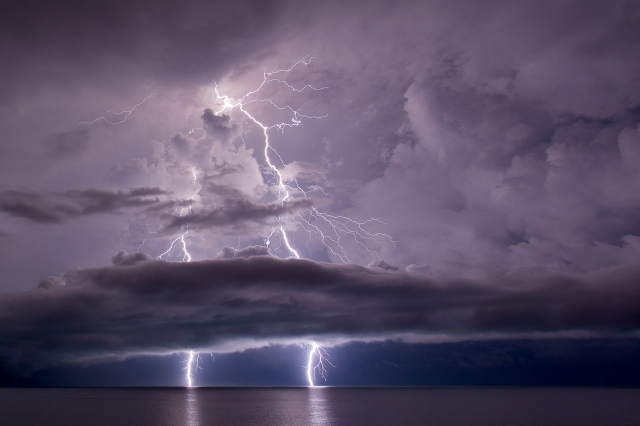For those who have been following me on Facebook or Flickr over the last couple of years, I do generally post my EXIF and camera data with the photos.
Here it is a little more detail (and up to date!):
Camera body: Canon 5D Mark iii – which I love! I upgraded from a Canon 450D last year (2012), and the jump to full frame is definitely worth it. The colour, sharpness and quality were differences I noticed straight away – especially when viewing images on the LCD screen.
Landscape lens: Canon 17-40mm F4 L lens. This lens is great, it’s perfect for my needs. I was debating between this lens and the 16-35mm F2.8 L lens, but decided to go for the cheaper option. I could not justify spending an extra $1,000 for that extra 1 stop of light, when I rarely shoot below f9 or f10 anyway. I do notice a little Chromatic Aberration with the 17-40mm, and there is definitely barrel distortion too, but it is easily correctable with Adobe Camera RAW.
General Purpose lens: Canon 70-200 F2.8 L IS lens. I LOVE this lens. It fills the gap between landscape and telephoto, with gorgeous sharpness, clarity and colour. It’s great for landscapes too. Awesome bokeh, excellent with the IS, love it!
Telephoto lens: Canon 300mm F4 L lens. This is great for me, as it’s not too heavy to carry. It’s small enough to handhold for a long time, and as a prime lens gives great sharpness and bokeh too. I do all of my bird shots and wildlife shots with this lens.
I also have a Canon 50mm F1.8 lens, which for the price is an awesome lens! It was the first non-kit lens I bought and I don’t really use it that much anymore, but it is still an excellent lens and I use it when I’m trying to challenge myself a little! It’s a good lens for stitching panoramics together with too.
I always use a tripod for landscape photos. It can be a pain lugging one around, but as I generally like to use around f11-f14 and ISO 100, the shutter speeds tend to get a little too slow to hand hold, as the light is fading. A lot of my sunset photos are actually taken when it’s quite dark – between 15 and 30 minutes after sunset. No matter how bright that sky can get, a tripod is a MUST, without severely sacrificing image quality (for example, by increasing ISO therefore increasing grain, or by having blurred images due to camera shake).
I always use a remote shutter release with my landscape and sunset photos. This eliminates any risk of camera shake. When taking photographs with shutter speeds of one second or longer (a lot of mine are 20 and 30 seconds), touching to camera to release the shutter can cause it to wobble and cause blurred photos. A remote shutter means you take the photo using a remote, so you don’t have to touch the camera!

This is a 30 second exposure of Nightcliff Jetty in Darwin. Long exposures are great for smoothing out the water and waves to make the scene look calmer
Filters are a big part of landscape photography, and eliminate a lot of the need to use editing software – the exposure can be captured right “in camera”. For sunsets, I use Graduated Neutral Density Filters, which are half clear and half grey. The sky is bright – the grey section in the filter darkens the sky and the clear part on the bottom means the foreground remains bright. I use Lee filters, I have a 0.3 soft grad, a 0.6 and a 0.9 hard grad. I usually use the 0.9 hard grad, with the 0.3 soft, to soften the transition caused by using these filters.
I also have a new 10 stop ND filter by Lee – these are very sought after, but I haven’t had too much chance to play with this yet! It is a very dark filter, and you cannot see the scene through the viewfinder with it on. I have found that I have to compose the scene normally, without the filter – take a few test shots and then turn the camera to manual focus and put the filter in place to take the shot.
A circular polariser is useful for brighter days, and for controlling reflections (whether optimising or reducing). I use a Lee Circular Polariser too.
I also use an AEO lightning trigger for capturing lightning shots.




